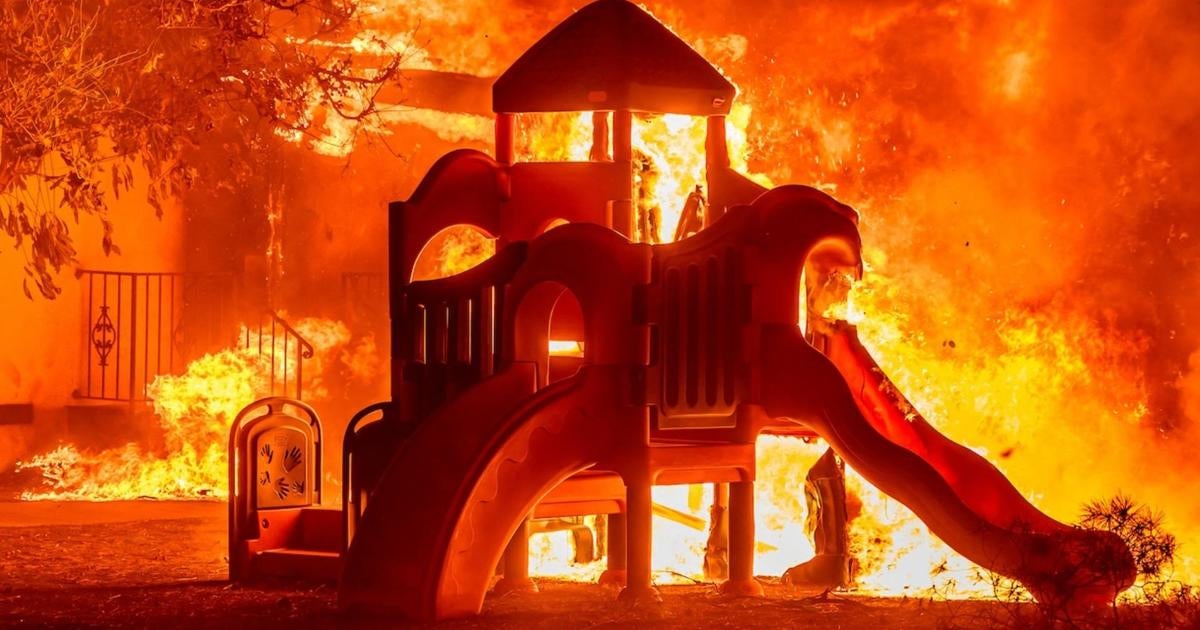Unprecedented Wildfires: A Los Angeles Official’s Alarming Insight
As wildfires rage across California, their intensity and frequency have reached unprecedented levels, leaving communities in turmoil. A Los Angeles official, who has been at the forefront of the crisis management, offers a harrowing account of her experiences, illustrating not only the devastating impact these fires have on the environment and residents but also the urgent response needed to combat them. This year’s wildfires stand out from previous years in both their scale and the immediate challenges they present.
The Shocking Nature of This Year’s Wildfires
The wildfires of 2023 have been marked by an alarming combination of factors that set them apart from those of the past. Historically, California has endured its fair share of wildfires, but the patterns observed this year reveal a worrying trend. The Los Angeles official noted, “We’ve never seen fires that move so quickly or burn so intensely. The landscapes are changing before our eyes.” The reasons for this unusual behavior are multifaceted:
- Climate Change: The ongoing effects of climate change have led to hotter temperatures, prolonged droughts, and unpredictable weather patterns, all of which contribute to more aggressive fire behavior.
- Vegetation Growth: The previous wet seasons have allowed for extensive vegetation growth, which, when dried out, becomes highly flammable fuel for wildfires.
- Urban Expansion: As cities expand into previously wild areas, the risk of wildfires threatening homes and infrastructure increases.
According to the official, “We’re not just fighting fires; we’re battling the very conditions that create them.” This statement encapsulates the complexity of the situation, as it requires not only immediate firefighting efforts but also long-term strategic planning and community education.
First-Hand Experiences: A Day in the Life of Crisis Management
During a recent wildfire event, the official recalls the panic and chaos that ensued as residents were forced to evacuate. “People were unsure of where to go, and the smoke made visibility incredibly poor,” she said. Emergency services were stretched thin, with firefighters battling multiple blazes simultaneously. In such dire moments, clear communication becomes paramount.
The official emphasized the importance of community preparedness. “We need our residents to be ready. Knowing evacuation routes and having emergency kits can save lives.” This year, the city implemented enhanced communication strategies, using text alerts and social media to keep residents informed in real-time. The proactive approach, though challenging to execute amidst the chaos, proved vital.
Why Community Involvement is Essential
The official’s experiences underline the critical role that community involvement plays in wildfire preparedness and response. Residents need to be active participants, not just passive recipients of information. Here are some ways for communities to engage:
- Education Programs: Local governments can host workshops to educate residents about fire safety, evacuation plans, and the importance of creating defensible spaces around homes.
- Community Drills: Organizing drills can help residents practice evacuation routes and identify safe zones, reducing panic during real emergencies.
- Volunteering: Encouraging residents to volunteer with local fire response teams can foster a sense of community and shared responsibility.
The official shared a powerful story of how one neighborhood came together during a recent evacuation. “Neighbors helped each other pack up essential belongings and ensured no one was left behind. That solidarity is what we need more of.” Such acts of unity can make a significant difference in the face of adversity.
The Role of Technology in Fire Management
As fires become more unpredictable, technology plays an increasingly crucial role in managing them. The official highlighted how advancements in satellite imagery and drone technology have transformed firefighting efforts. “We can now monitor fires in real-time, allowing us to deploy resources more effectively,” she explained.
Moreover, predictive modeling has become an invaluable tool for emergency planners. By analyzing weather patterns and vegetation conditions, officials can anticipate where fires are likely to spread. This information aids in strategic resource allocation and preemptive evacuations, potentially saving lives and property.
Looking Ahead: The Urgent Response Needed
The Los Angeles official stressed that while immediate firefighting efforts are essential, addressing the root causes of wildfires is equally critical. This includes advocating for better land management practices and investing in infrastructure that can withstand fire-related threats. “We need to be proactive rather than reactive,” she urged.
In addition to local measures, collaboration at a state and national level is essential. The official advocated for increased funding for wildfire prevention programs, improved firefighting resources, and comprehensive climate policies that address the underlying causes of increased wildfire risk.
Conclusion: A Call to Action
The unprecedented wildfires of 2023 serve as a stark reminder of the challenges that lie ahead in fire management. The Los Angeles official’s firsthand insights highlight the need for a comprehensive and collaborative approach to not only combat these immediate threats but also to build a more resilient future. As communities come together, armed with knowledge and resources, there is hope for navigating the complexities of wildfire management in a changing climate. With concerted effort and a shared commitment to safety and preparedness, we can face the flames head-on.
As we move forward, let us heed the lessons learned from this year’s devastating wildfires, ensuring that we are better equipped to protect our communities, our environment, and our future.
See more Your Daily Weather



